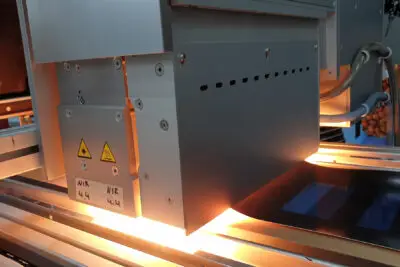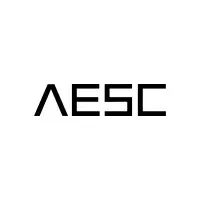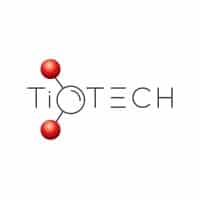The Chair of Production Engineering of E-Mobility Components (PEM) at RWTH Aachen University is developing an innovative hybrid drying process for the production of lithium-ion batteries, fuel cells, and electrolysers. This effort is part of the two-year government-funded research project called ‘HyDry.’
When thin films or membranes require a delicate coating with another material—such as electrodes in batteries or membrane electrode assemblies in fuel cells—the process typically involves wet coating techniques. Despite variations in these methods, a common challenge is the removal of solvents from the liquid electrode or catalyst coatings, necessitating an effective drying step.
Drying is a critical phase in production due to its high energy consumption, which significantly impacts both the carbon footprint and operational costs. Traditional convection drying systems use hot air generated by infrared radiators or fossil fuel burners, often natural gas. These systems can be extensive, ranging from 40 to 80 meters in length, leading to substantial energy usage. Moreover, the requirement for large clean rooms in electrode production further increases construction and operating expenses.
In the ‘HyDry’ project, the research team led by PEM Director Achim Kampker is utilizing a solution from Bavarian partner Lambda Technology. The approach involves a hybrid drying process that combines convection with near-infrared (NIR) radiation. Kampker describes it as a “promising process that enables much more efficient drying and a reduction in energy consumption.”
According to RWTH Aachen University, this new method can reduce energy requirements by 30% compared to using only infrared boosters. When compared to conventional convection drying systems, energy consumption could be lowered by up to 70%. This significant reduction is achieved not only through the dual energy sources but also by recycling thermal energy from exhaust air and NIR radiation, thereby enhancing overall efficiency.
As part of the collaborative project, the PEM team is researching an automated quality assurance process for the innovative drying method. They are also developing a test rig for experimental trials to determine optimal operating strategies during the project’s two-year timeframe. Additionally, a calculation model is being created to identify correlations between product and process parameters, which will later be integrated to inform roll-to-roll production strategies.
The ‘HyDry’ project receives funding from the German Federal Ministry of Economics and Climate Protection (BMWK).
Source: Electrive, RWTH Aachen University
















